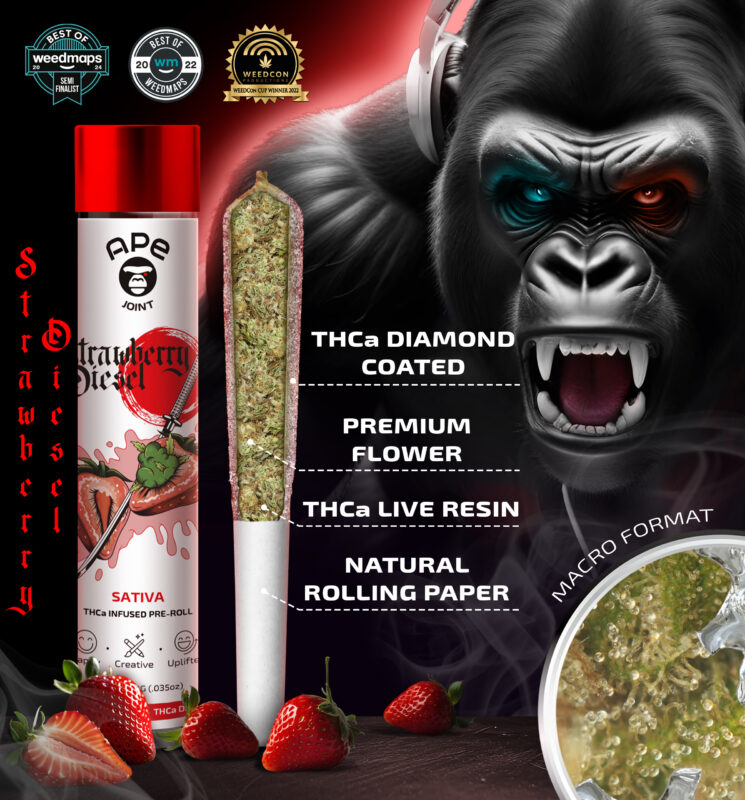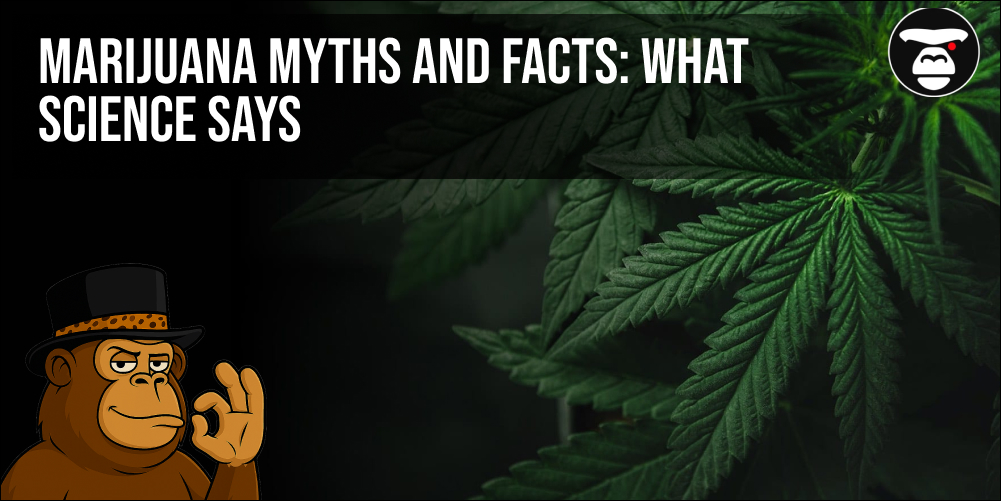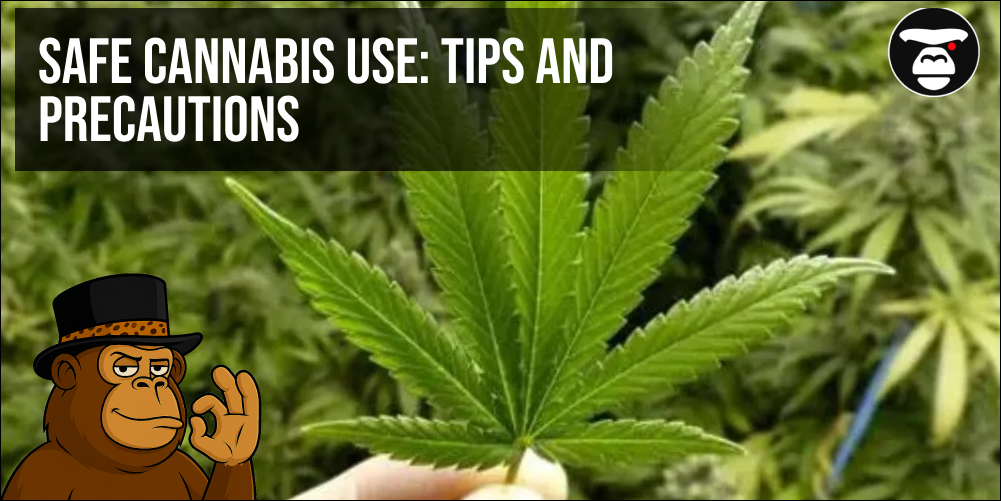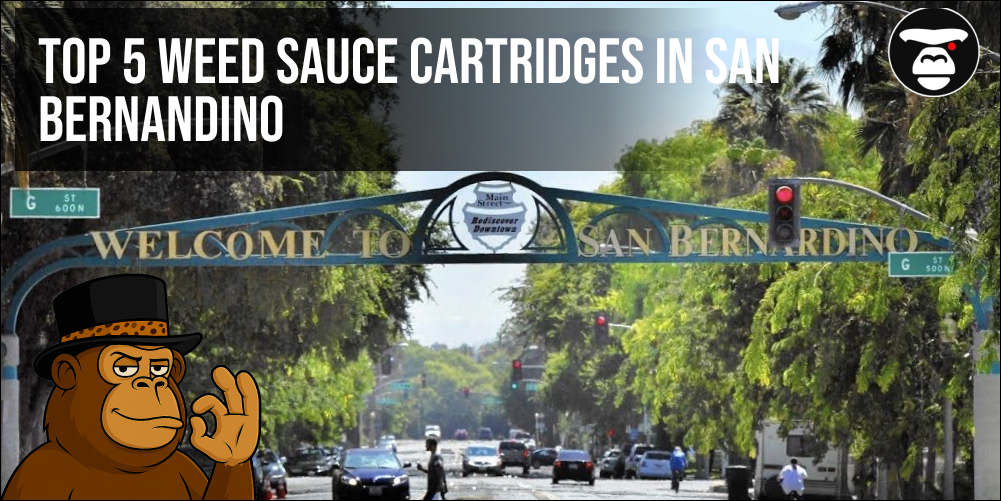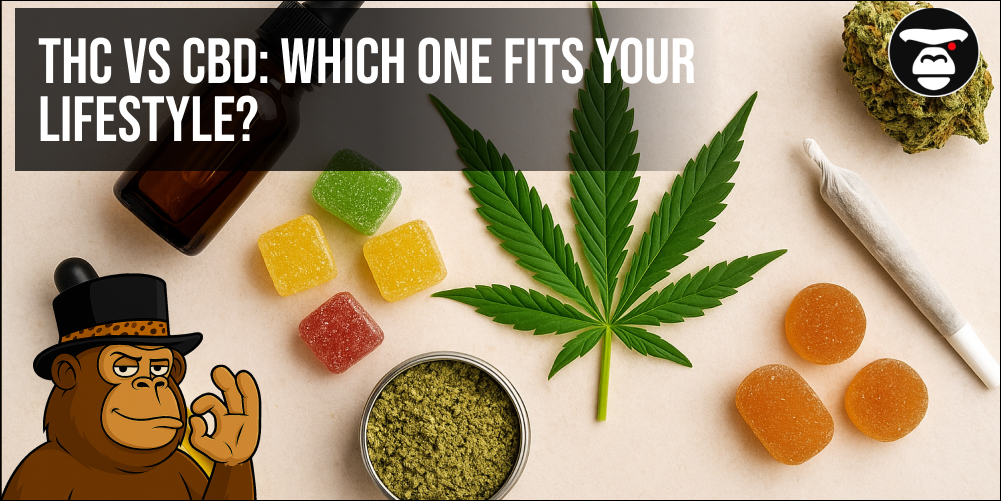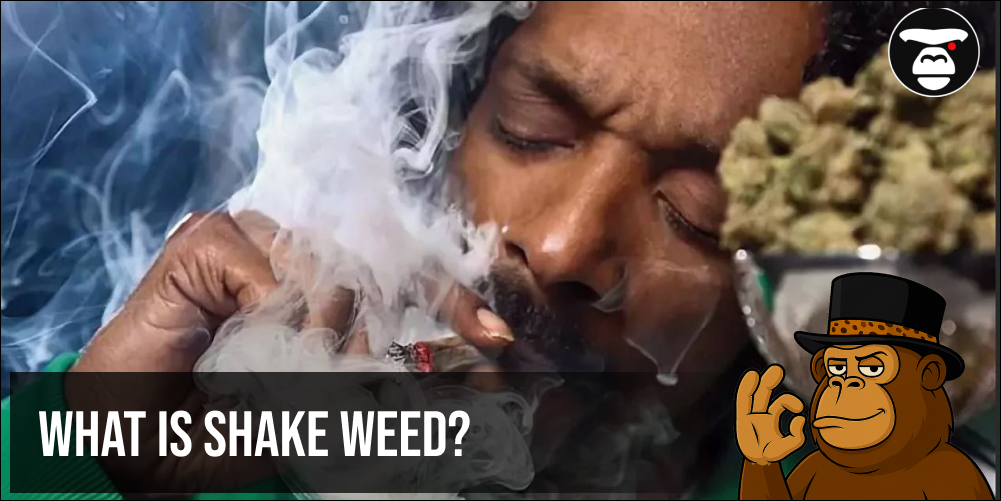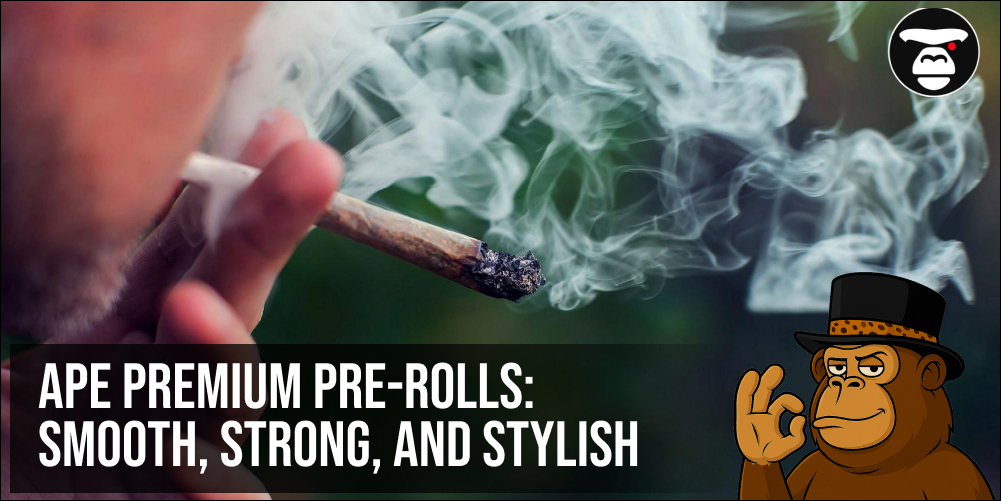Is it possible to distinguish varieties by smell and appearance?

Is it possible to distinguish varieties by smell and appearance? Step right up, curious minds, and dive into the aromatic and visually captivating world of cannabis! Many enthusiasts ponder a fundamental question: is it possible to distinguish varieties by smell and appearance alone? It’s a bit like being a detective, where your senses are your primary tools, sifting through clues to uncover a strain’s true identity. The quick answer is yes, to a certain extent, an experienced observer can certainly pick up on noticeable differences that hint at a strain’s lineage and characteristics. However, becoming a true connoisseur requires a deep dive into the botanical intricacies of cannabis and, of course, plenty of hands-on practice.
Every cannabis strain boasts its own unique “fingerprint,” a complex signature formed by its specific blend of terpenes and cannabinoids. These are the compounds responsible for the distinct aroma, flavor, and effects that make each variety special. Its physical appearance, meanwhile, is shaped by factors like growing conditions, the plant’s unique phenotype, and its genetic blueprint. So, while the challenge of answering “is it possible to distinguish varieties by smell and appearance?” might seem straightforward, it actually demands a comprehensive approach and keen attention to even the tiniest details.
- Terpenes: The aromatic architects of scent and flavor.
- Phenotype: The unique expression of a plant’s genetic code.
- Cultivation: How growing conditions sculpt the plant’s final form.
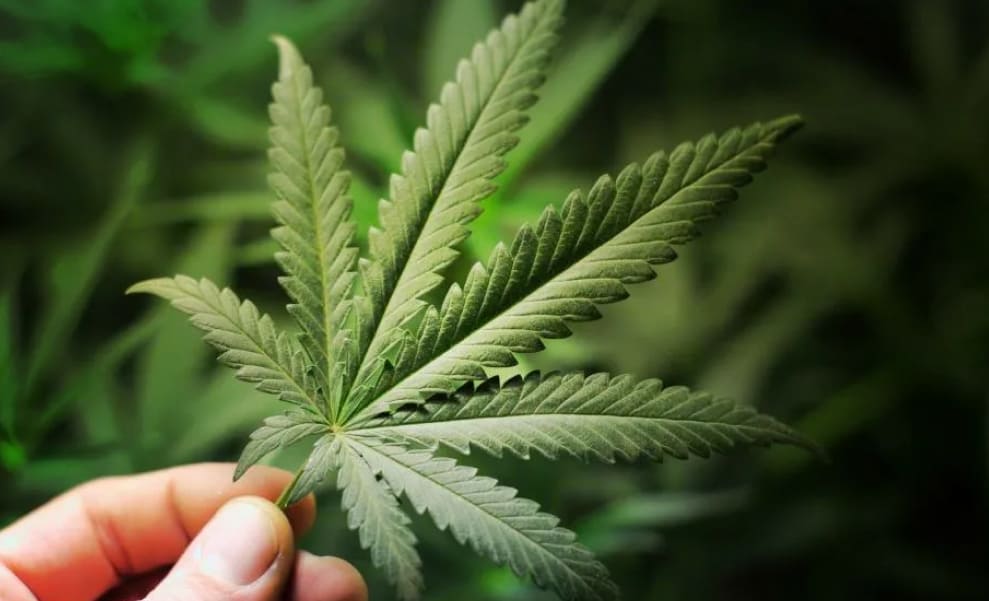
The Olfactory Orchestra: Terpenes Take the Stage
The scent of cannabis is nothing short of an olfactory symphony, ranging from earthy and spicy notes to bright citrus and delicate florals. These captivating aromas are thanks to terpenes, the same aromatic compounds found in countless other plants and fruits. Each cannabis variety possesses a distinct terpene profile, which acts as its aromatic signature, dictating its unique smell. For instance, a strain rich in limonene will burst with a vibrant citrus aroma, while one dominant in myrcene will carry more earthy and musky undertones. Mastering these profiles is a pivotal step in answering: “is it possible to distinguish varieties by smell and appearance?”
The aromatic distinctions can be subtle, yet to a trained nose, they become strikingly evident. Some strains might smell like freshly cut grass, others like pungent cheese, and some even evoke the scent of diesel fuel. These descriptions might sound amusing, but they accurately convey the incredible diversity of aromas encountered by cannabis aficionados. With time and consistent comparison of various samples, you’ll begin to recognize the characteristic notes that point to a specific strain family, or even an individual cultivar. It’s an engaging game where your nose becomes the lead investigator, always asking: “is it possible to distinguish varieties by smell and appearance?”
- Limonene: For those bright, zesty citrus notes.
- Myrcene: Earthy, musky, and sometimes fruity aromas.
- Caryophyllene: Spicy, peppery, and woody undertones.
The Visual Narrative: Form, Color, and Frosting
Beyond its captivating aroma, a cannabis plant’s visual presentation offers a treasure trove of clues for strain identification. Pay close attention to the shape and density of the flowers (buds), their color, the presence of glistening trichomes (crystals), and the delicate stigmas (hairs). Indicas typically feature denser, more compact buds and broader leaves, whereas Sativas tend to display looser, more elongated flowers and narrower, longer leaves. Hybrids, as you might guess, present a fascinating blend of these characteristics, making the question of “is it possible to distinguish varieties by smell and appearance?” even more intriguing.
The color of the buds themselves can span a spectrum from vibrant light green to deep purple, and even nearly black. These captivating hues are due to anthocyanins—pigments that develop based on the strain’s genetics and environmental conditions, such as temperature. For instance, certain varieties develop stunning purple shades when exposed to cooler temperatures during their maturation phase. And, of course, the sheer abundance and sparkle of trichomes—those tiny, crystal-like structures brimming with cannabinoids and terpenes—are excellent indicators of quality and potential potency. So, when considering “is it possible to distinguish varieties by smell and appearance?” remember that visual cues are just as critical as the aromatic ones.
- Indica: Characterized by dense buds and broad leaves.
- Sativa: Known for airy buds and slender leaves.
- Trichomes: The shimmering indicators of potency and quality.
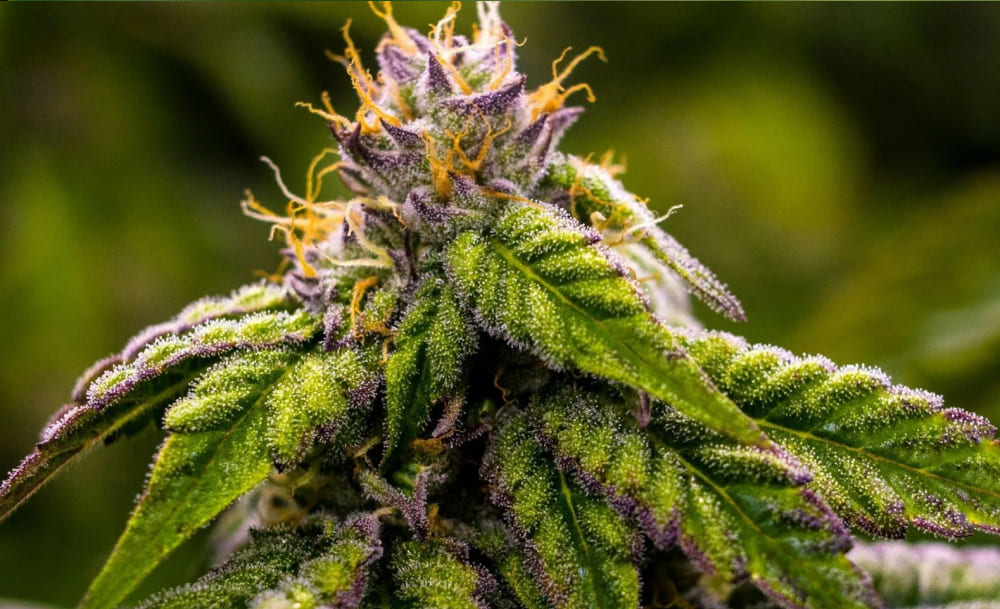
Trichomes: Tiny Powerhouses of Potency
Trichomes are those microscopic, mushroom-shaped glands that generously coat the flowers and leaves of the cannabis plant. It’s within these shimmering structures that cannabinoids (like THC and CBD) and terpenes are synthesized—the very compounds responsible for the plant’s effects, flavor, and aroma. Their appearance and stage of maturity are paramount indicators of the product’s quality and potential strength. Young trichomes appear clear, then transition to a cloudy white, and finally mature into an amber hue. Experienced cultivators often rely on the color of these trichomes to pinpoint the ideal harvest time.
A bountiful presence of glistening, sticky trichomes is always a fantastic sign. They give the buds a frosted, almost sugar-coated appearance. Under a magnifying glass, you can truly appreciate their intricate shape and structure. Differences in the density and type of trichomes can also point to specific strains. For example, some varieties are renowned for their exceptionally large or abundant trichome production. So, when you’re pondering, “is it possible to distinguish varieties by smell and appearance?” don’t forget to take a close look at these microscopic marvels—they’ll tell you a fascinating story.
- Clear Trichomes: Signify immaturity.
- Cloudy Trichomes: Indicate ripening.
- Amber Trichomes: Mark full maturity and peak potency.
Phenotype & Cultivation Conditions: The Unsung Heroes
Even within a single strain, you’ll often encounter variations in scent and appearance, largely due to its phenotype and the specific cultivation conditions. A phenotype is how a plant’s genetics are expressed under the influence of its environment. Different individual plants from the same strain might look slightly different, boast varying aromatic profiles, if they were grown in diverse settings (e.g., indoors versus outdoors, or with different temperature and humidity levels). This environmental dance adds another layer of complexity to answering: “is it possible to distinguish varieties by smell and appearance?”
Factors like soil type, nutrient regimen, lighting, temperature, and humidity can significantly influence the development of terpenes and cannabinoids, as well as the plant’s overall physical form. For instance, a strain typically known for its purple hues might not develop that color if grown in consistently warm conditions. Similarly, a lack of proper nutrients could lead to smaller buds and a less vibrant aroma. This is why it’s crucial to consider all these variables when attempting to identify a strain purely by its sensory attributes. Every grower’s touch and every environmental nuance impacts the answer to “is it possible to distinguish varieties by smell and appearance?”.
- Lighting: Shapes growth, potency, and cannabinoid development.
- Temperature: Influences pigment expression and terpene synthesis.
- Nutrients: Essential for robust growth and the formation of key compounds.
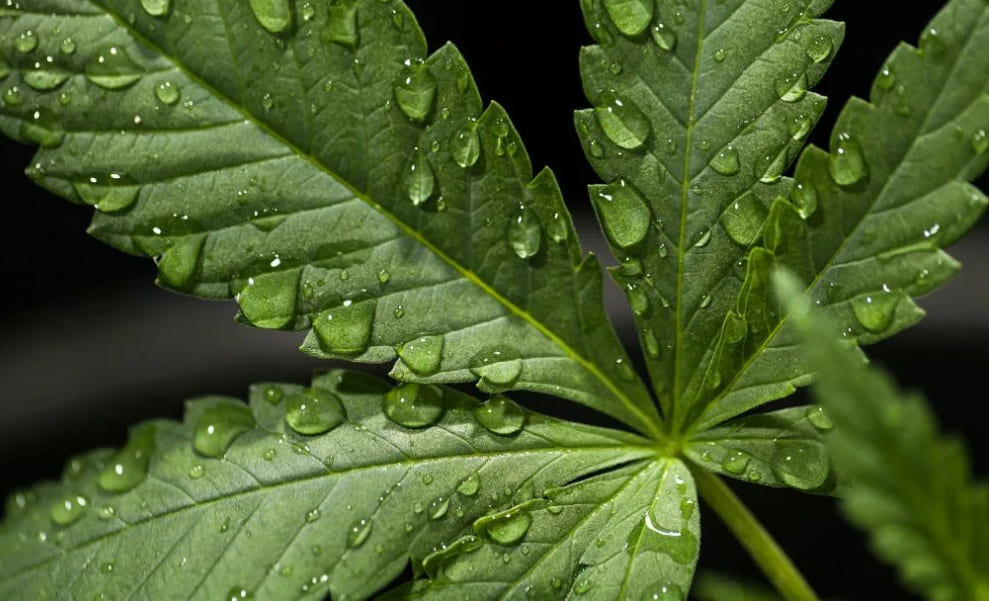
The Limits of Sensory Detection: When Things Get Tricky
Despite all these fascinating factors, it’s important to acknowledge that accurately identifying a strain solely by smell and appearance has its limitations. There’s a vast universe of cannabis varieties out there, and many share remarkably similar characteristics. What’s more, the sheer number of hybrid strains, which beautifully blend Indica and Sativa traits, makes precise identification even more challenging. Imagine trying to tell apart identical twins based only on their favorite scent – it’s possible, but certainly not always easy!
Contamination or improper storage can also throw a wrench into the works, altering the aroma and appearance of cannabis and baffling even the most seasoned connoisseurs. For example, excessive humidity can lead to mold development, while incorrect storage can cause terpenes to degrade and the aroma to fade. Therefore, when you’re pondering, “is it possible to distinguish varieties by smell and appearance?” always keep in mind that these sensory cues are just pieces of the puzzle; for absolute certainty, laboratory testing is often required.
- Similarities Across Strains: Many varieties share common traits.
- Storage Impact: How cannabis is kept affects its properties.
- Sensory Limits: The challenge of definitive identification without labs.
- Why can varieties with the same name differ?
- What products contain cannabinoids?
- Difference Between Indica, Sativa and Hybrids – What does it mean?
Becoming an Expert: Tips and Triumphs
If you’re eager to sharpen your skills in identifying strains by their smell and appearance, the secret weapon is consistent practice and keen observation. Start by familiarizing yourself with the core characteristics of well-known strains. Try to find samples with verified names and compare their aromas and visual profiles side-by-side. Meticulously jot down your observations, noting the unique features of each strain. It’s much like developing any other skill—the more you train, the sharper your “nose” and “eye” become.
Where legally permitted, attend events showcasing various cannabis strains and engage with experienced cultivators and specialists. They can offer invaluable insights and knowledge. Use a jeweler’s loupe or a magnifying glass to closely examine trichomes and bud structure in detail. Remember, every experience is a step towards mastery, and with time, you’ll learn to detect even the subtlest nuances. So, if you’re serious about answering “is it possible to distinguish varieties by smell and appearance?”, start your sensory training today!
- Study Established Strains: Build a foundational knowledge base.
- Utilize Magnification: Get up close and personal with trichomes.
- Network with Experts: Learn from those who know the plant best.
The Joy of Discovery: A Continuous Journey
Ultimately, the ability to discern cannabis varieties by their smell and appearance isn’t just a useful skill; it’s a deeply rewarding hobby. It allows you to delve deeper into the intricate world of cannabis, appreciating its vast diversity and complexity. You’ll develop an eye for the subtle differences in aromas and forms that make each strain truly unique. It’s akin to an art form—the art of organoleptic analysis, where you employ your senses to unlock nature’s secrets.
Always remember that even if you can’t pinpoint every single strain with 100% accuracy, the very process of learning and exploration itself is incredibly enjoyable. It’s a journey, not a destination. And even if the question “is it possible to distinguish varieties by smell and appearance?” sometimes feels like a delightful riddle, every new scent and every new shade you learn to differentiate will bring you a little closer to understanding this amazing plant. Happy sniffing and visual adventuring!
- Embrace Cannabis Diversity: Appreciate its wide range of expressions.
- Enjoy the Learning Curve: Find joy in continuous discovery.
- Connect with Your Senses: Deepen your appreciation through smell and sight.

OPEN
Can I truly identify a cannabis strain just by smelling it?
Yes, to a significant extent, an experienced nose can definitely pick up on distinct aromatic cues that hint at a strain’s identity. These unique smells come from terpenes, which are aromatic compounds. Different strains have different terpene profiles, leading to a wide range of scents—from citrusy and earthy to sweet and pungent. The more you practice, the better you’ll become at recognizing these subtle differences, making the answer to “is it possible to distinguish varieties by smell and appearance?” a resounding “often, yes!” for aroma.
How much do visual cues help in distinguishing strains?
Visual cues are incredibly helpful when trying to figure out “is it possible to distinguish varieties by smell and appearance?”. Look closely at the bud structure: Indicas tend to have denser, more compact buds, while Sativas are often lighter and more elongated. The color can also vary widely, from various shades of green to purples and even reddish hues, often influenced by genetics and growing conditions. The presence and density of trichomes (the tiny crystals covering the buds) are also strong indicators of potency and quality, and their appearance can offer clues about the strain.
What role do trichomes play in identification and quality?
Trichomes are absolutely vital. They are the tiny, resinous glands that produce cannabinoids (like THC and CBD) and terpenes. Their appearance can tell you a lot about a strain’s maturity and potency. Clear trichomes are generally immature, cloudy ones indicate ripeness, and amber trichomes suggest full maturity. A high concentration of visible, well-formed trichomes often means a more potent and flavorful product. So, when considering “is it possible to distinguish varieties by smell and appearance?”, assessing the trichomes is a crucial step.
Why might two samples of the same strain look or smell different?
This is a common question, and it’s a key reason why simply asking “is it possible to distinguish varieties by smell and appearance?” isn’t always straightforward. Even with the same strain name, differences can arise due to various factors. Phenotypic variation means individual plants from the same seeds might express slightly different traits. Cultivation conditions like light, nutrients, temperature, and humidity profoundly impact the final product. Even curing and storage methods can alter a strain’s aroma and appearance over time, leading to noticeable discrepancies between batches.
Is it possible to distinguish varieties by smell and appearance with 100% accuracy?
While your senses are powerful tools, achieving 100% accuracy in distinguishing varieties purely by smell and appearance is highly challenging, if not impossible, especially with the vast number of hybrids available today. Many strains share similar characteristics, and external factors can greatly influence their expression. For definitive identification and precise cannabinoid/terpene profiles, laboratory testing is the most reliable method. However, with practice and keen observation, you can become quite adept at recognizing general characteristics and often make an educated guess, proving that it is possible to distinguish varieties by smell and appearance to a very impressive degree.




